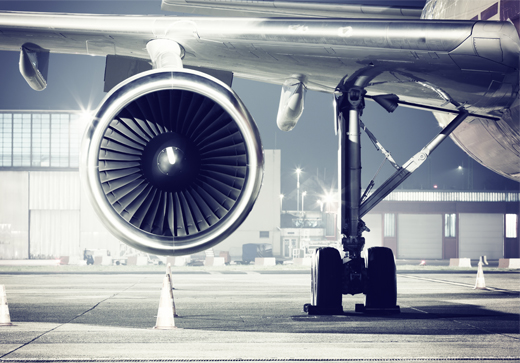Visa Teams With Airlines For Global Payments Standard

As in-flight purchases keep rising, Visa will now let airlines do a better job of identifying exactly what passengers buy with their payment cards while they’re in transit, Visa said in a company blog post on Wednesday (April 1).
The new “ancillary” transaction categories for things like baggage fees, in-flight meals and seat upgrades were originally piloted with a handful of major U.S. airlines a year ago, and Visa originally planned to require use of the categories by all U.S. carriers by October 2014. The new standard categories have now gone live globally, a Visa spokesman said.
The new categories cover a group of transactions that has increased by almost 400 percent since 2008, due to shifts in airline business models along with in-flight acceptance of payment cards (and mobile payments such as Apple Pay) for drinks and food. Transactions paying for something other than a ticket are now about half of the card transactions that airlines take each year.
The advantage of the new categories? “Consumers can more easily understand charges on their bill,” Visa global head of merchant solutions Ramon Martin wrote in the post announcing the rollout. “For example, what previously may have read, ‘Airline Air 0014567891014’ would now read ‘Airline Air Wi-Fi.'”
Martin added that business travelers will also be able to offer more detailed receipts for their expense reports, giving corporate travel departments more granular data. Airlines themselves should see reduced back-office costs and the opportunity for better customer service in case of questions about the charges.
In the past, virtually all consumer airline transactions were tagged as ticket sales in expense data, so that along with approved ticketing — which might have been handled completely by a corporate travel department — business travelers might also have $20 or $50 charges classified as tickets, Business Travel News reported last year when Visa began testing the standards.
The new standards are Visa only, but MasterCard said last year it planned to develop similar categories based on classifications from the Airline Tariff Publishing Company. American Express said that in February 2013 it launched similar reporting functions for identifying fees for excess baggage and in-flight charges.